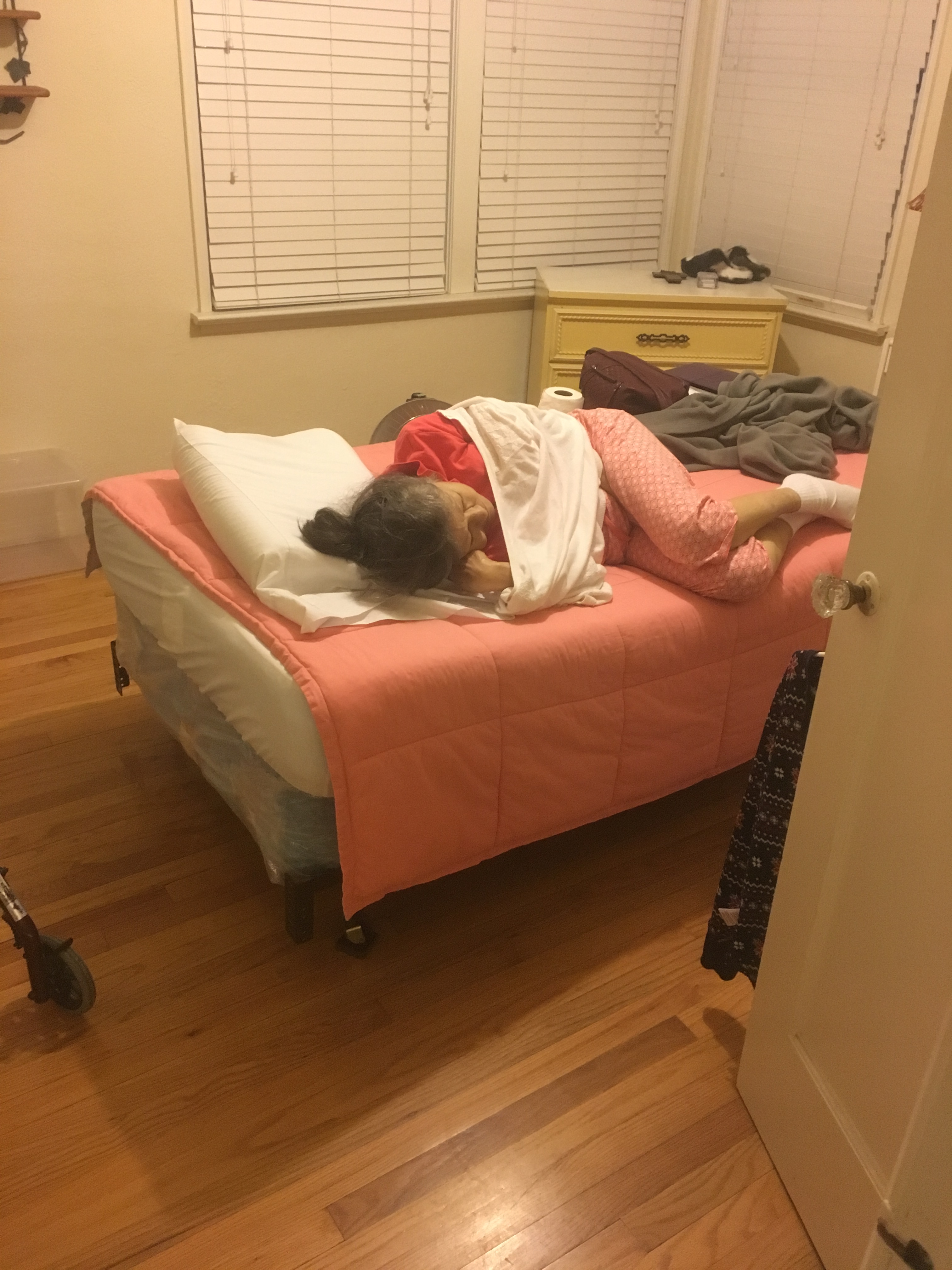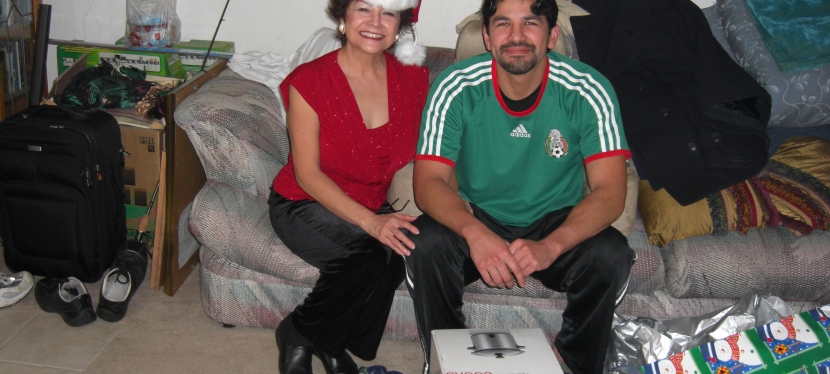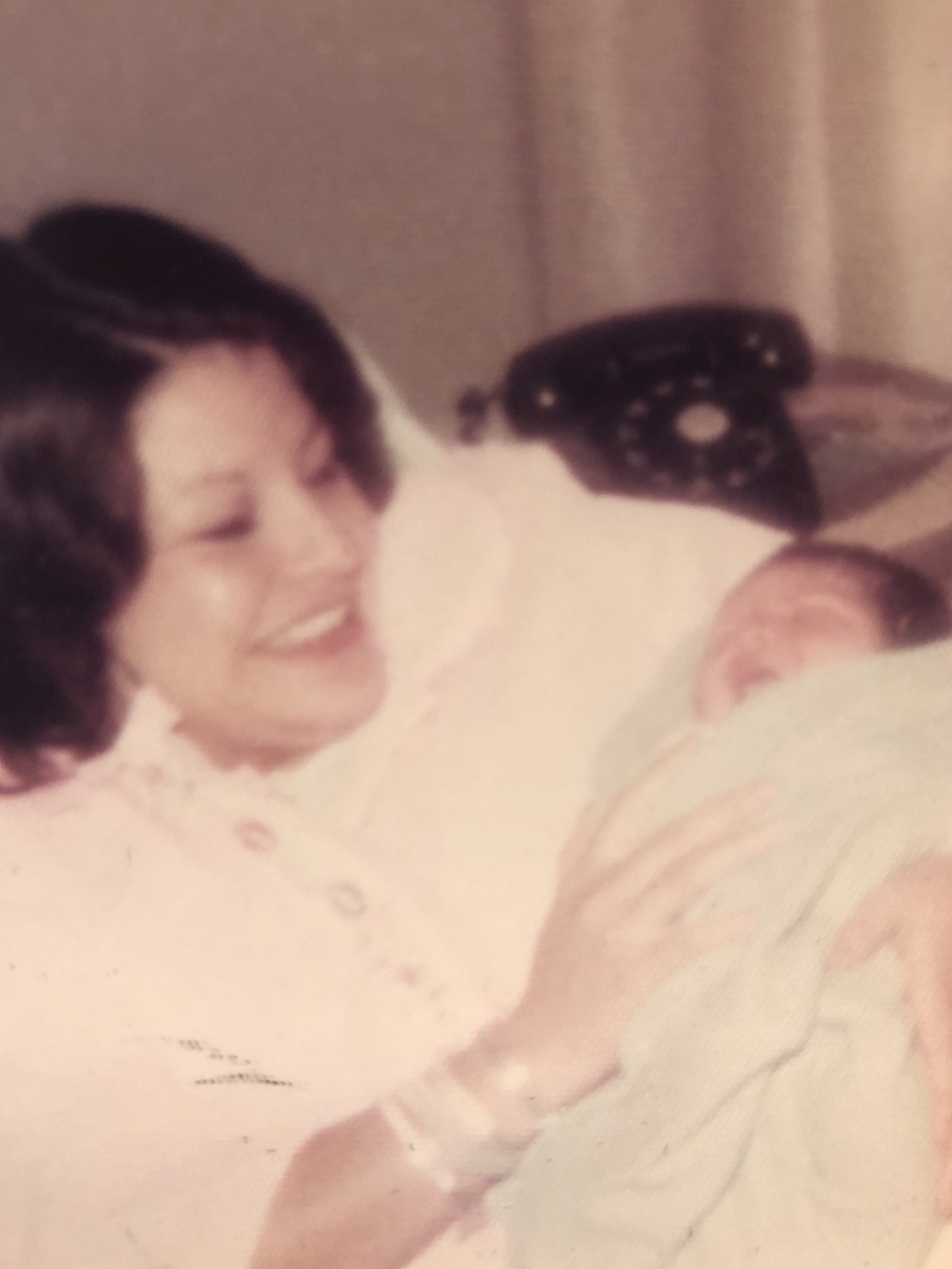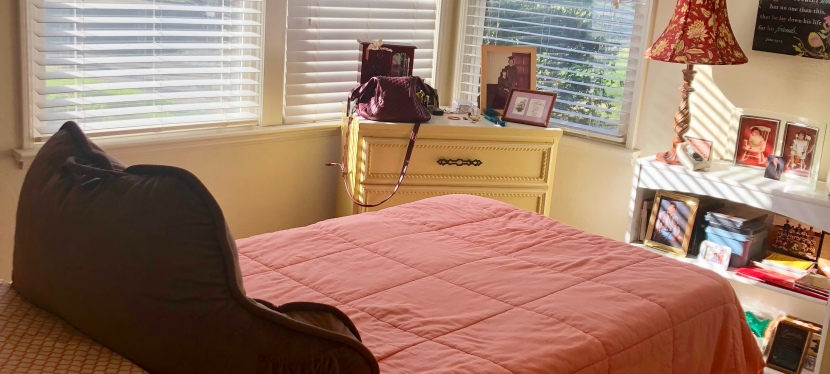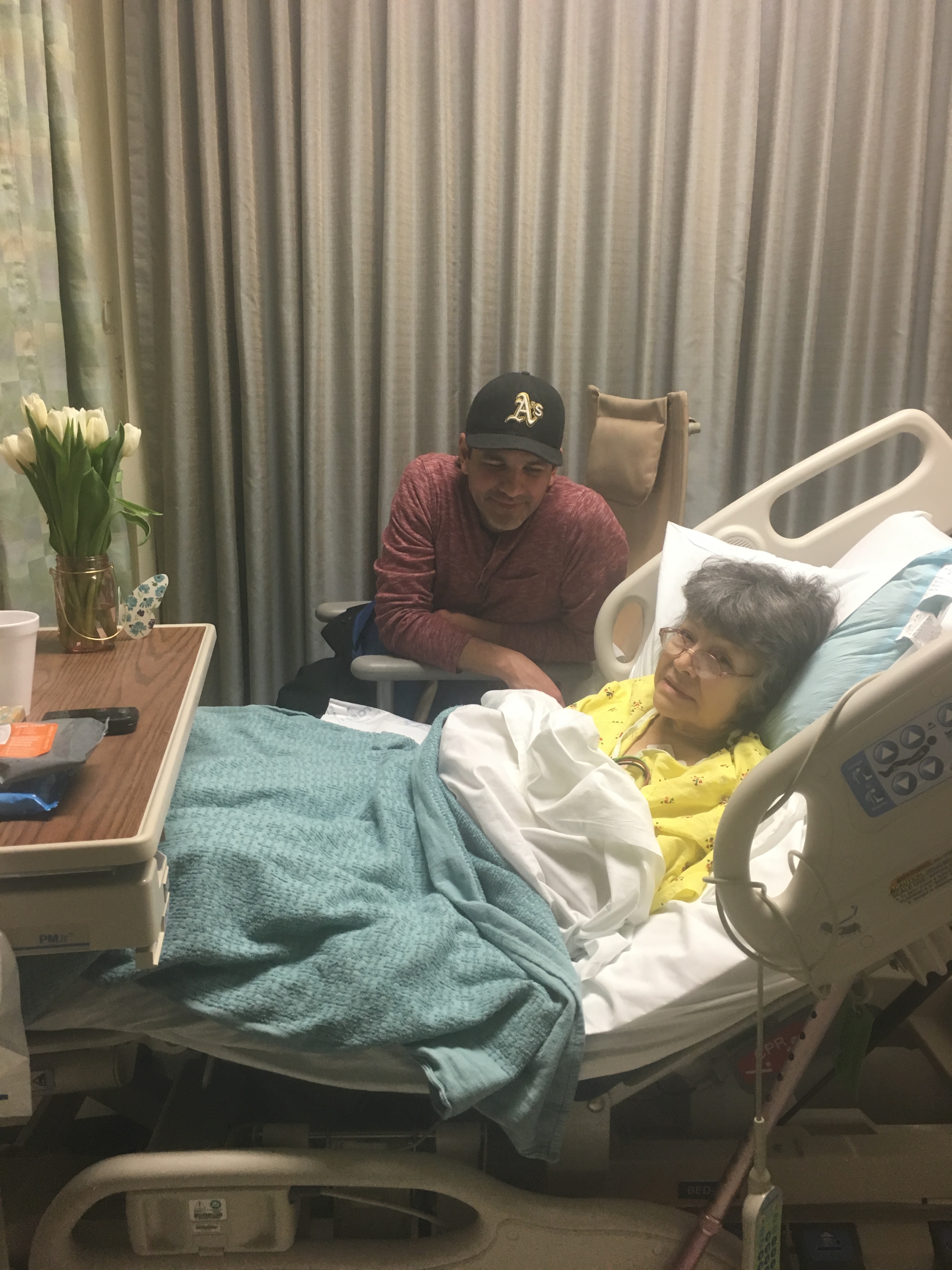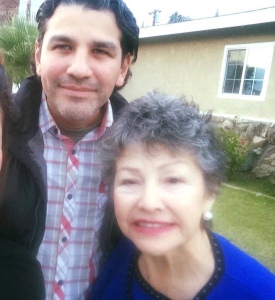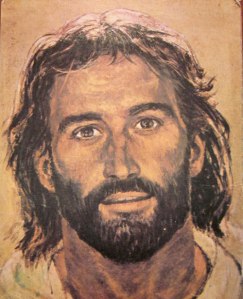
I recently went on a short trip to Spain with my father. It was the first time for both of us. It was something I wish we could have done ten years ago, when my dad was less physically limited. Unfortunately, back then, in 2012, my mama was homeless, living in her car. So, we were a bit preoccupied, on top of being busy with our jobs.
Though she is no longer with us, my mom isn’t ever too far from our minds. To honor my mom, I was already planning on leaving something of hers in Spain. My mama loved to visit new places and travel, before she got sick. Outside of Mexico a few times, my mom didn’t travel outside the U.S., but I know she would have loved to visit Western Europe if she got the chance. So, I wanted to leave a part of her there.
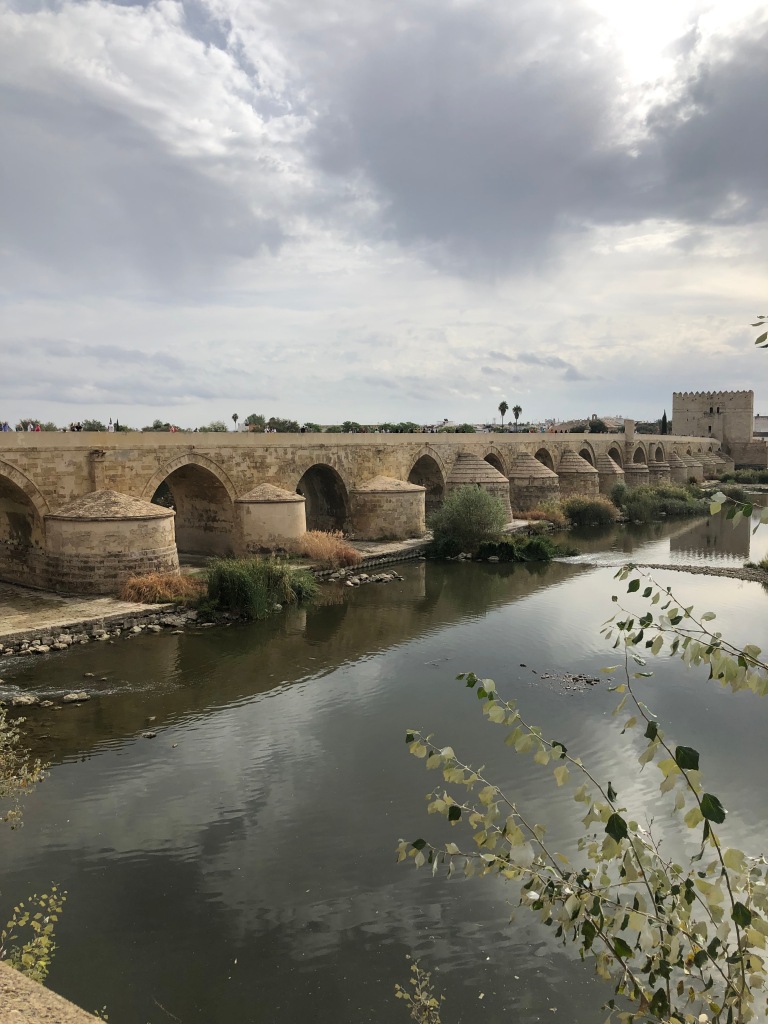
Not having too much to choose from, I had settled on her watch. I wanted somewhere meaningful to place it, but among the historical sites and places we visited, I had trouble justifying placing it among any of the ubiquitous Catholic edifices or relics. My mom was raised Catholic, but she would come to despise Catholicism. She came to believe the Catholic Church was “The Beast” described in Revelations in the Bible. This was a reflection of my mom’s religious views. She referred to herself as being “nondenominational” and had many criticisms of organized religion.
I was able to find a place in Cordoba, Spain. In Cordoba, there is an ancient bridge. The bridge was built across the Guadalquivir river in the early 1st century BC by the Romans. After the Romans, Muslims settled and dominated the area in the Middle Ages. At that time, it became the capital of “Muslim Spain” for many centuries. Christians (i.e. Catholics) would gain control of the area and in the 16th Century would build a Renaissance gate on one side, the “Puerta del Puente.”
As I learned more about the history of the bridge and the city, I became convinced it would be a good spot to leave my mother’s watch, since it was a place where so much world history, cultural and religious in particular, converged. In that sense, it was not about Catholicism, it was about human history and change. It was about time being impermanent. My mom’s watch stopped working shortly after she passed. But time still presses forward, as it does through all things, including after my mama’s heart stopped beating.
From our hotel, I jogged a mile to the bridge our last day in Cordoba. It was around 7:00am and still dark. The streets were still pretty quiet and a little eerie, but I didn’t mind the cover of darkness. I figured throwing my mom’s watch into the river could be considered “littering” anyways and I didn’t want to attract attention. I stopped about midway on the bridge, near the statue of what I thought was a virgin Saint. There were candles on the ground in front of the statue and a few were lit.
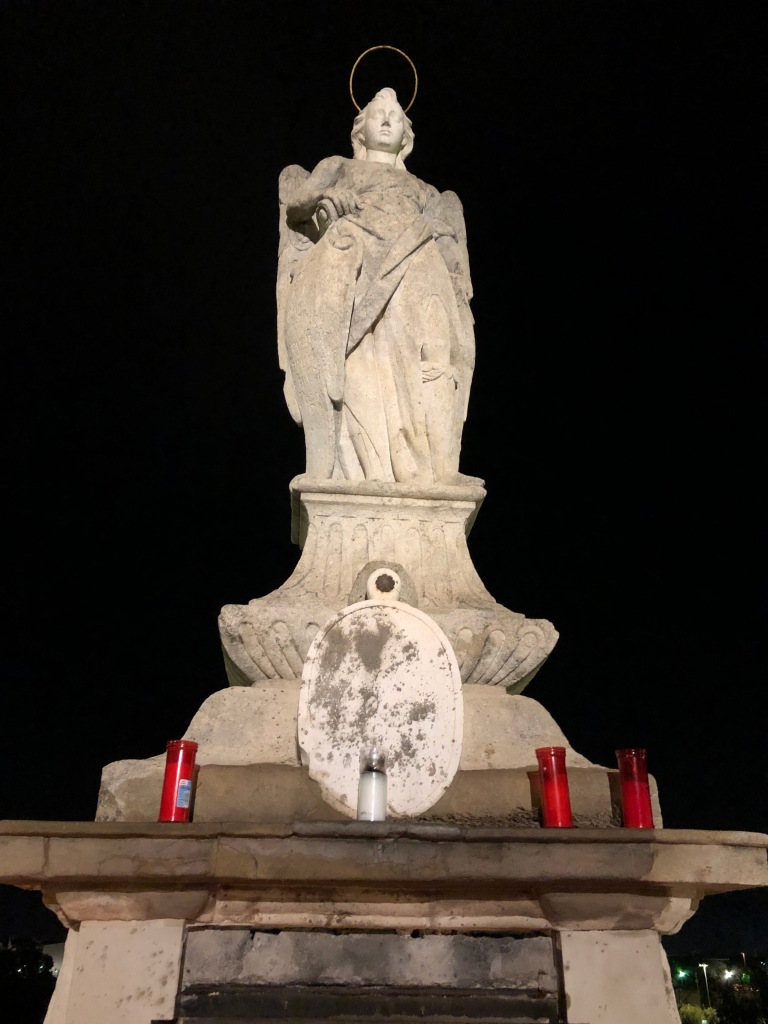
I had planned on doing a bit of a ceremony, something not too different than what I do in my home in the mornings some days. I started by saying to the statue, “I’m sorry, but I don’t know who you are. If you’re able to, I could use your comfort and protection.” Not being Catholic, I didn’t feel I could even ask for that. I was just showing reverence, mainly, since I was a visitor. I then said a short prayer. I asked for guidance from my mom and told her how much we missed her and how I wish she could be there with me. I then prayed a bit to Jesus. I said these prayers while looking out over the water. I could barely see the river in the black and indigo darkness, as the sun just started to make its presence known on the horizon.
I then started to do some chanting meditation. It is what I have been doing and studying a bit, as part of a spiritual and physical practice I am learning through my Aikido training. Specifically, I did a version of O’Sensei’s Kototama that I was taught by Linda Holiday Sensei recently. It is a standing version that incorporates arm movements.
“Suuuu…….Aahhhh……..Ooooo………..Uuuuu………Eeeeeyyy……..Iiiiiieeeeee”
The vibration it creates in my center (“hara”) helps me feel grounded, present and more relaxed. Spiritually, it is verbal and physical reverence to creation and the universe. Praying I do more out of reverence for my mom and how I was raised. The chanting is something I actually feel that is more relevant to me philosophically. Being based on Eastern Religion, it embodies connection, awareness and harmony (i.e. coexistence) with other living things and nature. Given that there is even Jewish history and influence in Cordoba, I thought it was powerful that at that moment, through my meditation, I was integrating a fifth religious influence into the city.
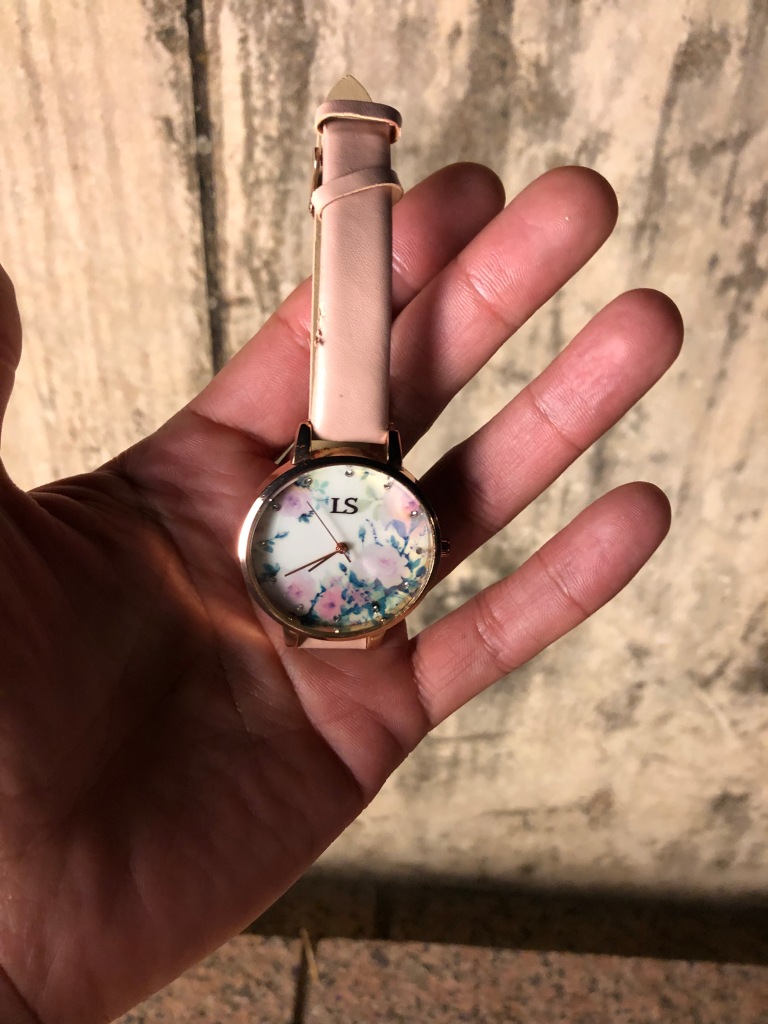
After chanting, I took a few minutes to take in the moment. A range of thoughts came up, including remembering my dad cynically asking me the day before why I had my mom’s watch with me, to wondering if my mom was on that bridge with me at that moment. Once I felt ready, I took the watch out of my pocket and looked at it one last time. My friend, Shari, bought my mom the watch for what would be my mom’s last Christmas in 2017. I made sure to text and let Shari know, when I got to the bridge, what I was planning on doing. She was very touched and supportive.
I kissed the watch next and, as I did, I smelled the unmistakable scent of lipstick. I knew the watch had a faint scent of my mom, a flowery smell that some of her clothes also have. But I’ve never smelled lipstick before on any of her things. I thought it was interesting and odd, but I did not think too much about it. I know many people would automatically believe that was a sign from my mom, but I had trouble doing so, cause that’s not my belief system. And being gone around twenty five minutes at that point, I was starting to feel like I should hurry to get back to the hotel to have breakfast with my dad. I carefully reached back and hurled the watch as far as I could into the river, hoping it wouldn’t land in too shallow an area. I didn’t see where it landed, but after hearing a splash, I was satisfied.
It was not until I was in a hotel in Madrid later that day that I decided to look up who the statue on the bridge was. It turns out it is a statue of a male figure, Saint Rafael. Saint Rafael is actually an Archangel and is responsible for healing. During the time of the plague, people in Cordoba would credit Saint Rafael with preventing the plague from causing widespread misery and death. The Spaniards placed the statue of him there in the 17th century. And interestingly, a version of Saint Rafael is found in not just Catholicism, but Islam and Judaism as well.
I have no way of knowing for sure if my mom was with me on that bridge. I like to think she was and that she let me know she was there by somehow conjuring a scent of lipstick. Whatever the case, I do know that since returning from Spain, I have felt recharged and I have a vitality that I do not remember feeling before. I am not as irritable and overwhelmed with work and the mundane everyday tasks of life like I usually am. I have been feeling more relaxed and calm. Indeed, the feeling of melancholy I know so well is not as persistent. I have no idea how long I will feel this way. I hope it lasts. I hope I did receive some permanent healing from Saint Rafael and/or the energies and/or gods in that place. In the least, I’ve been given more reason to continue my spiritual practices and to travel in foreign places more. I’m trying to live a fuller and happier life because my mama would want me to. And, of course, it helps that I do receive what could be signs of my mama being with me.
